Introduction to Tambo Viejo and the Inca Expansion
Tambo Viejo is a remarkable archaeological site founded after the Inca Empire absorbed Peru’s Acari Valley in the mid-15th century. Located where the Andes foothills meet the desert, this Inca administrative center was established to oversee a small, scattered population living in the fertile river valley. While it may appear similar to other imperial settlements, excavations have uncovered striking architectural and ritual anomalies that set it apart.
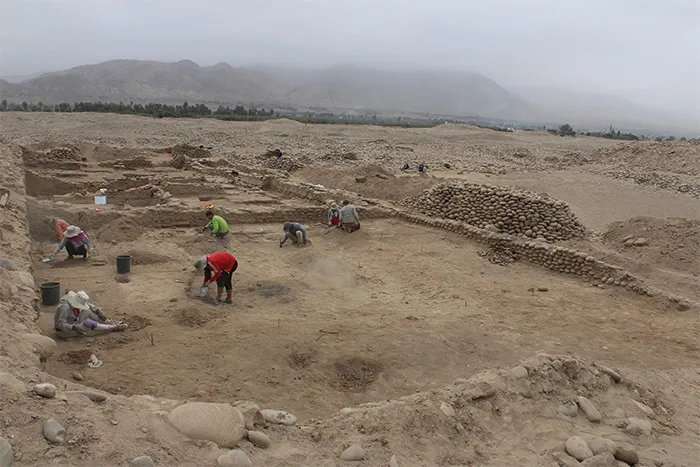
The Inca Strategy on Peru’s South Coast
The Inca Empire, at its height, stretched across vast territories, including the south coast of modern-day Peru. Between the Chincha and Acari Valleys, the Incas encountered a diverse range of local communities. While some regions hosted complex political groups, the Acari Valley’s inhabitants lived in modest, dispersed settlements.
Rather than facing resistance, Inca officials likely encountered cooperation. Spanish chroniclers suggest the Incas formed peaceful alliances with local cultures in exchange for autonomy. This strategy allowed the empire to incorporate the Acari Valley without warfare.
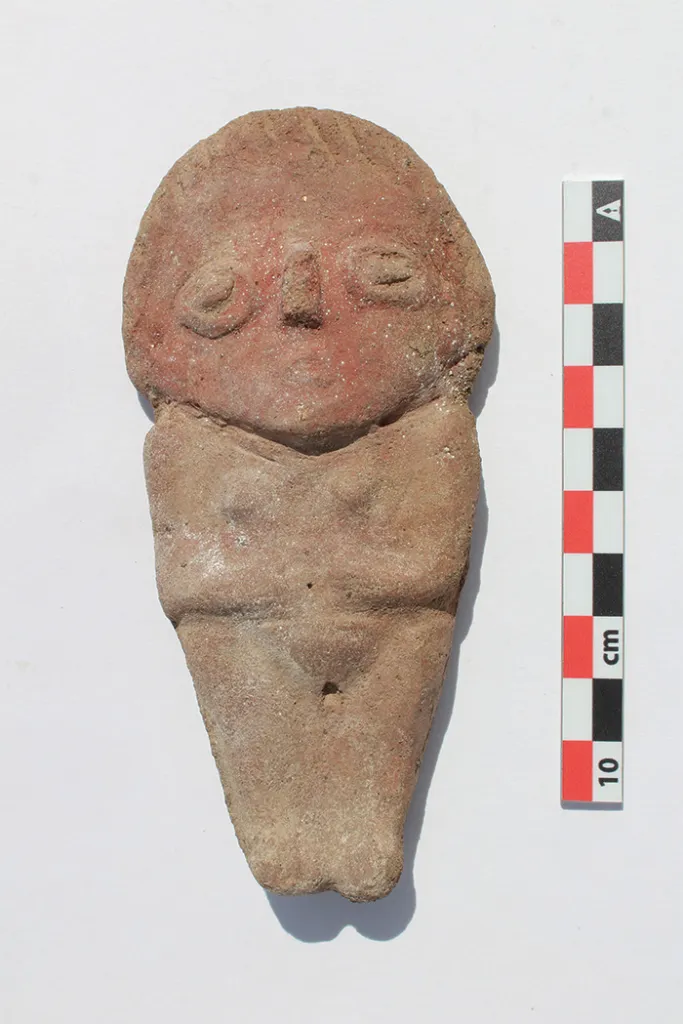
Why Tambo Viejo Was Built
To maintain control over their growing empire, the Incas constructed an efficient coastal highway system, linking administrative centers throughout the region. Tambo Viejo was one such hub, strategically located to access the valley’s most fertile lands. Initially positioned near the local settlement of Sahuacarí, signs suggest the residents eventually relocated to Tambo Viejo—possibly due to state-mandated resettlement.
Tambo Viejo’s Unique Architecture
On the surface, Tambo Viejo follows the typical Inca city layout, with buildings arranged around two rectangular plazas—a larger one to the north and a smaller one to the south. However, closer examination reveals unexpected deviations from standard Inca architecture:
-
Absence of classic trapezoidal doors and niches.
-
Use of local construction styles and materials.
-
Signs that local workers unfamiliar with imperial techniques may have built the site.
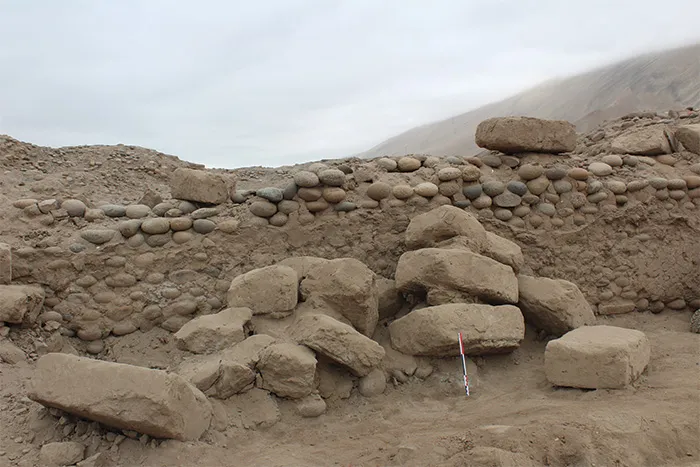
The buildings were constructed with cobblestones and mud mortar, topped with adobe bricks and finished with plastered walls. This construction process alone required significant resources and organization, demonstrating the Inca state’s reach and power.
Modern Threats to the Site
Despite its historical value, Tambo Viejo is endangered by modern activities. Looting and illegal extraction of building materials for local construction have severely damaged the ruins. Recognizing the urgency, archaeologists recently launched excavations to preserve crucial information before it’s lost forever.
New Excavations: Discoveries and Surprises
The recent archaeological team followed in the footsteps of Francis A. Riddell and Dorothy Menzel, who first mapped the site in 1954. These earlier investigations indicated Tambo Viejo saw intensive—though short-lived—use.
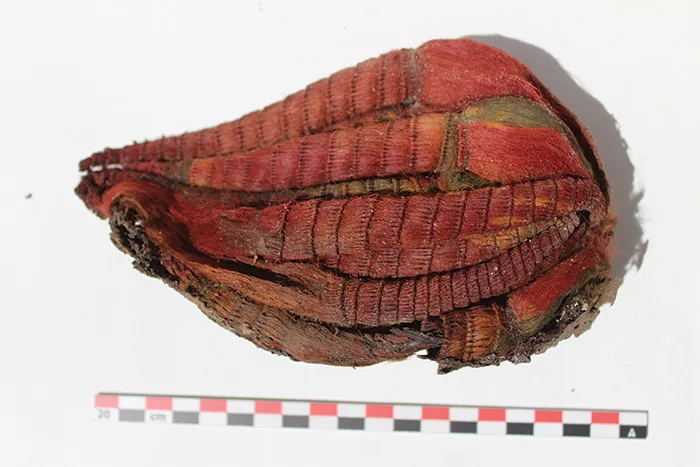
New research confirms frequent modification and reuse of the site’s structures over time. Two key buildings near the southern plaza, named Structure 1 and Structure 2, were selected for detailed study.
Structure 1: From Hall to Multi-Use Space
Structure 1, a large rectangular hall just south of the plaza, may have initially housed laborers during Tambo Viejo’s construction phase. Later, it was subdivided into smaller rooms, hinting at adaptive reuse once the main building project concluded.
Structure 2: Kitchen Turned Textile Workshop
Structure 2, located across the plaza, likely started as a communal kitchen. Evidence includes domestic waste and charred organic remains. Over time, it too was repurposed—this time for textile production, as indicated by spinning tools and weaving debris.
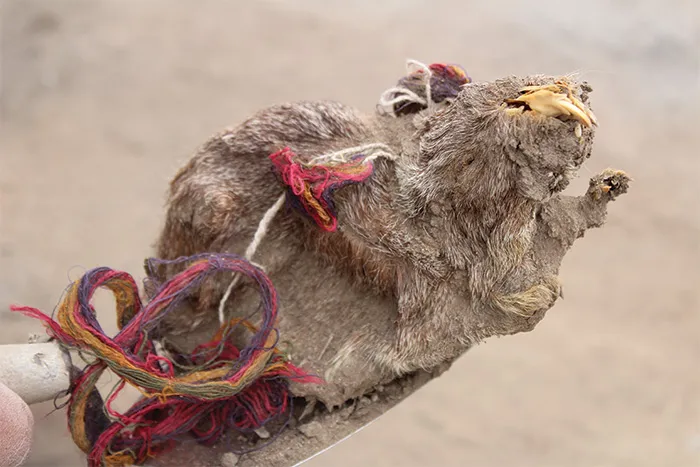
Ritual Practices: Guinea Pig Sacrifices
Perhaps the most intriguing finds at Tambo Viejo relate to ritual animal sacrifices, specifically of guinea pigs. These ceremonies were conducted either before or during the foundation-laying phase of construction, indicating their role in consecrating the site.
Key discoveries include:
-
Guinea pigs, mostly sub-adults, placed directly on the ground surface.
-
Some were left natural, while others were elaborately dressed.
-
Decorative accessories included miniature rugs, string earrings made from camelid hair, and vibrant necklaces in red, yellow, green, and purple.
-
These adornments suggest ceremonial sacrifice, not everyday attire.
-
Some sacrifices were single offerings; others were in groups, sometimes with burnt wood, indicating the use of fire in rituals.
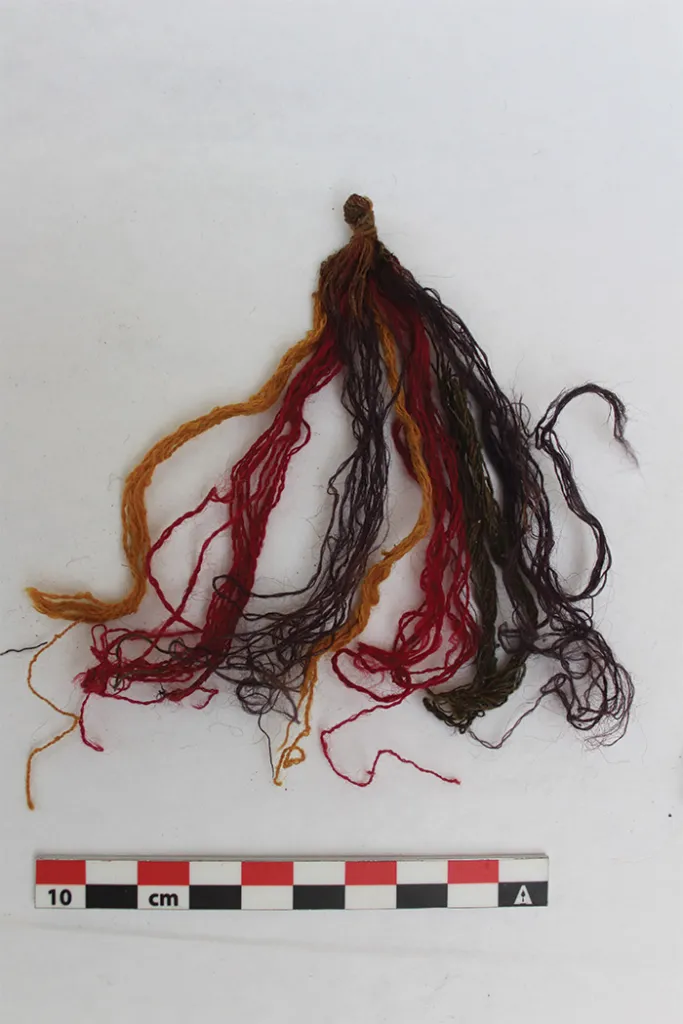
Conclusion: Tambo Viejo’s Significance in Inca History
Tambo Viejo offers a rare and compelling glimpse into how the Inca Empire extended its influence over marginal territories with minimal conflict. Its unique architecture, adaptive reuse of buildings, and elaborate rituals—especially the symbolic sacrifice of guinea pigs—highlight a fusion of imperial and local practices.
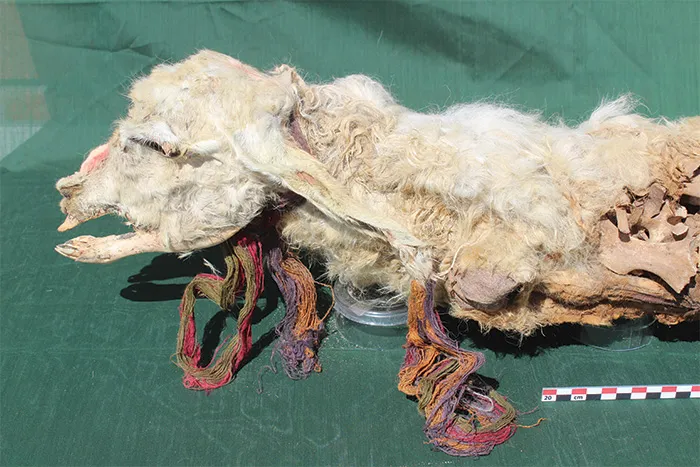
However, the site remains vulnerable. Ongoing archaeological research is critical not only to understanding the past but also to preserving it for future generations.


